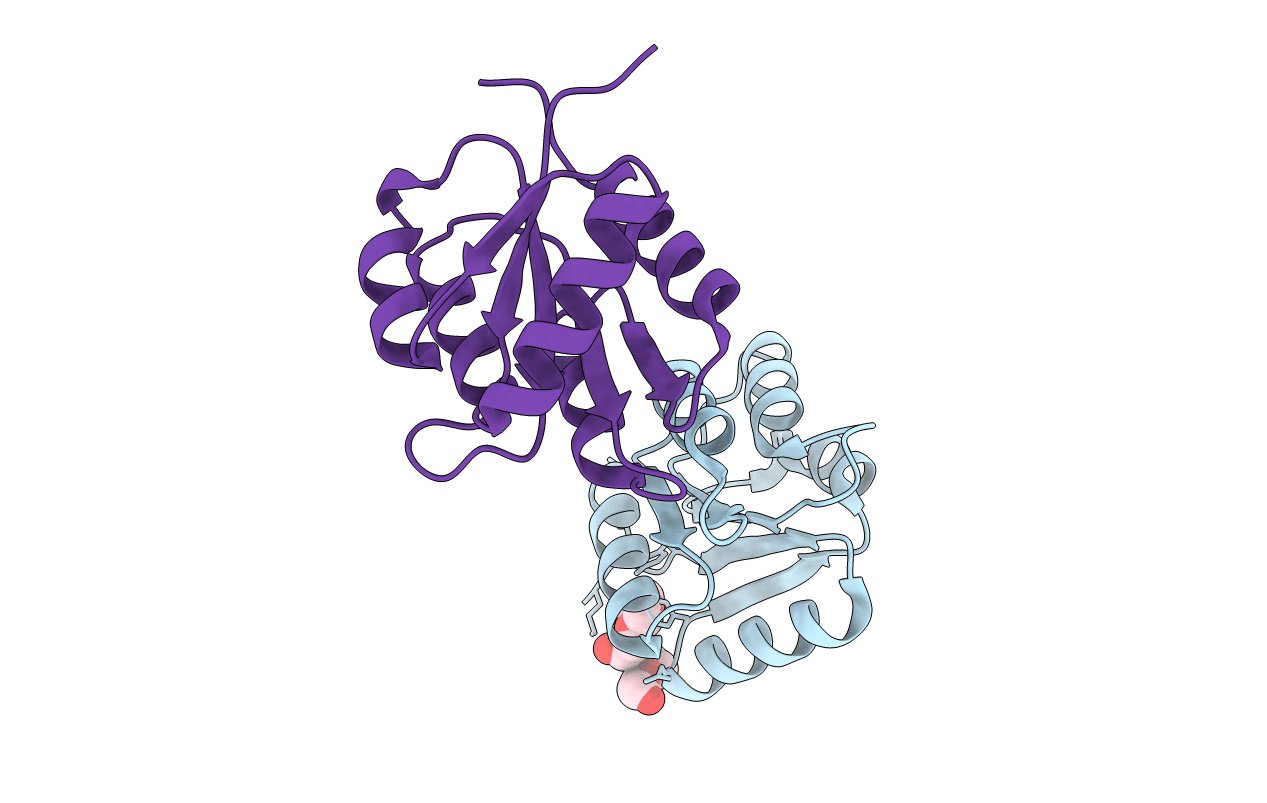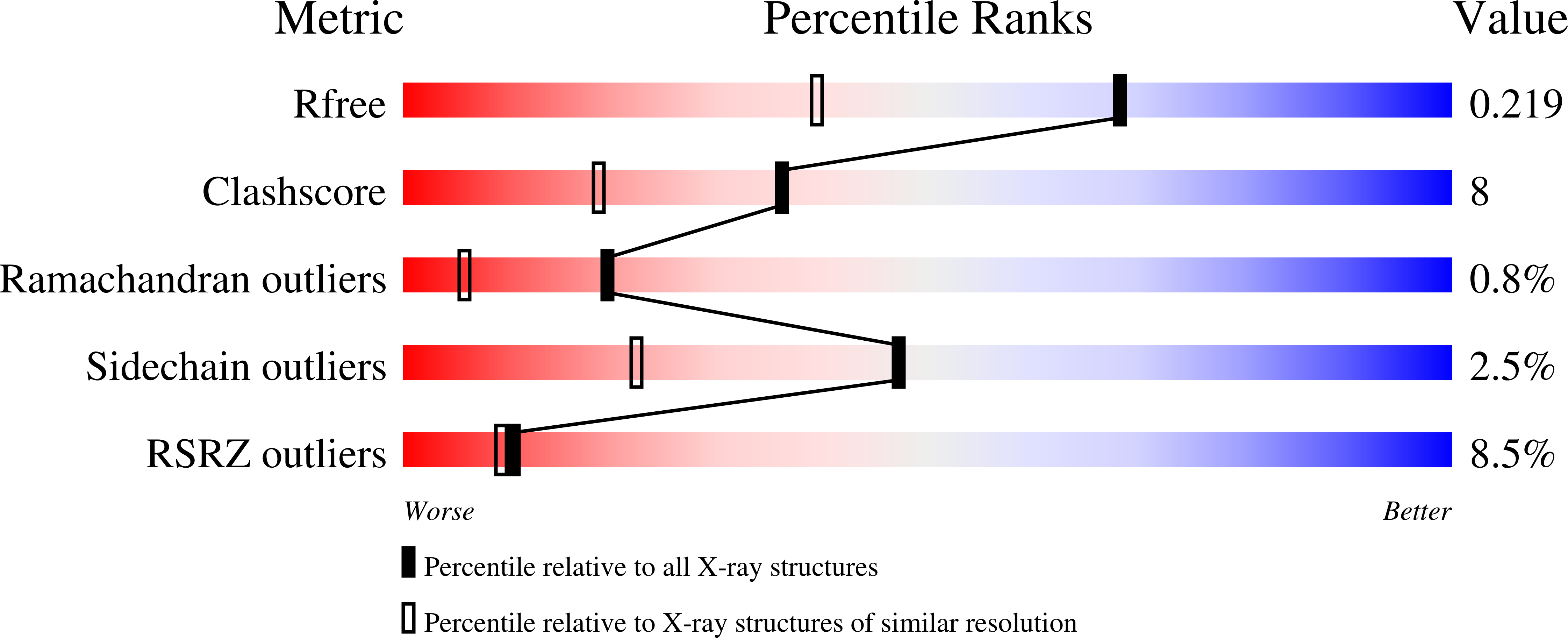
Deposition Date
1999-11-03
Release Date
1999-11-26
Last Version Date
2024-02-07
Entry Detail
Biological Source:
Source Organism:
Sinorhizobium meliloti (Taxon ID: 382)
Host Organism:
Method Details:
Experimental Method:
Resolution:
1.60 Å
R-Value Free:
0.22
R-Value Work:
0.18
R-Value Observed:
0.18
Space Group:
P 1


